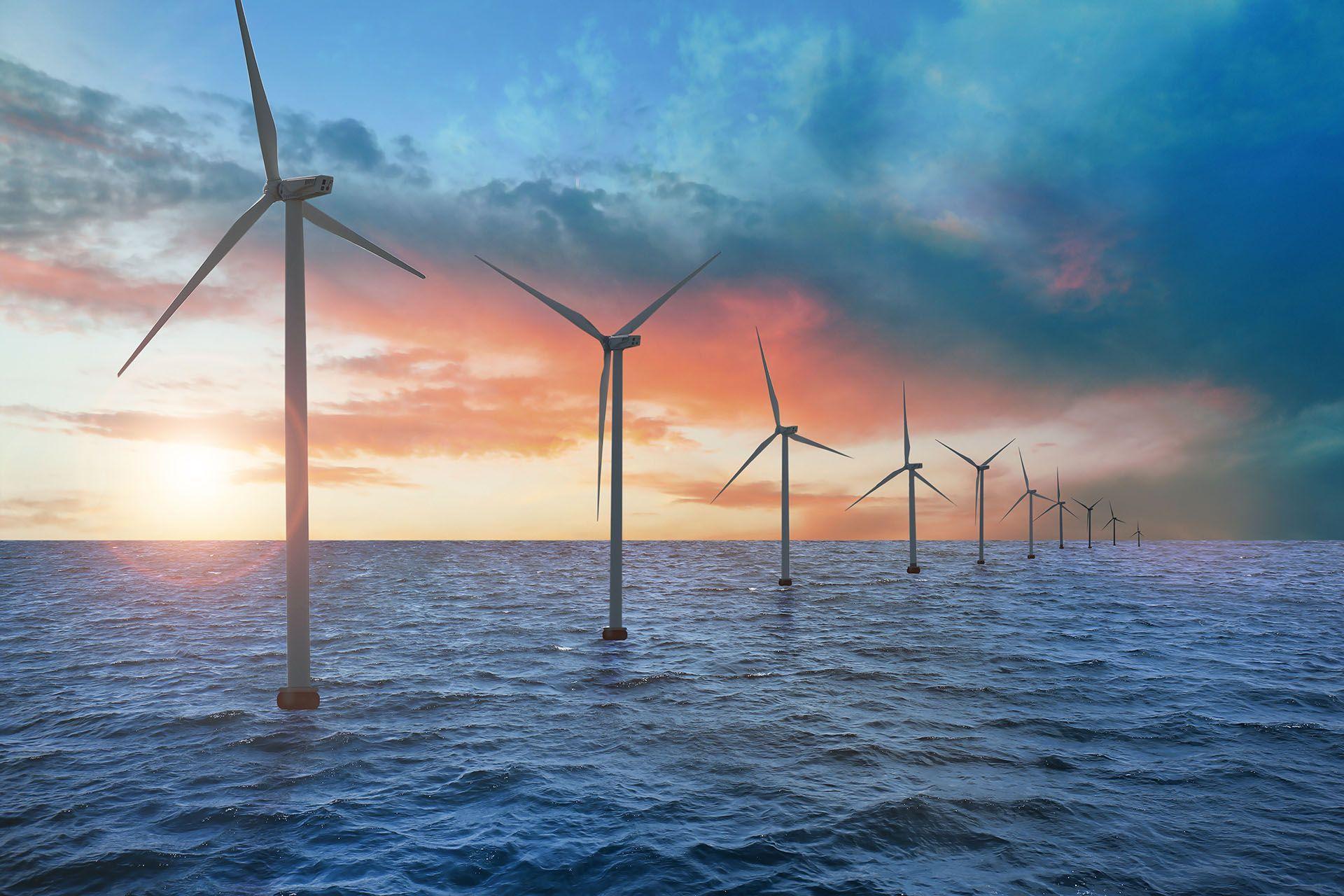
Powering New York with offshore wind
Providing New York with cleaner energy through the Beacon Wind offshore wind project.
How the Beacon Wind plan became a project
In support of International energy company Equinor’s vision of providing cleaner energy for New York, we lead the environmental permitting and engineering activities for the Beacon Wind offshore wind project.
The Beacon Wind offshore lease area covers 128,000 acres south of Nantucket off the coast of Massachusetts and is included in Equinor’s portfolio of active offshore wind projects (Empire Wind 1, Empire Wind 2 and Beacon Wind 1) in the United States. Collectively, these projects have power purchase agreements in place with the State of New York to sustainably produce up to 3.3 gigawatts of electricity to power nearly two million New York homes.
We were selected as the prime consultant for the environmental permitting process for Beacon Wind, which includes the development of the Site Assessment Plan (SAP) and the Construction Operations Plan (COP), as well as key federal, state, and local permits, approvals, and consultations.
Communities and environment first
Community engagement was critical, as the project area is known for its commercial and recreational fishing grounds.
We led communications with the Indigenous nations and stakeholders around survey planning and data gathering, to help them understand the extent of the project’s activities, and the environmental benefits it helps deliver.
In parallel, we consulted with local fishing communities and multiple agencies at state, federal, and local level to develop study plans to help us and them understand and minimize the project’s impacts on the local maritime economy.
Working closely with the Bureau of Ocean Energy Management (BOEM), and the National Oceanic and Atmospheric Administration (NOAA), we assisted Equinor in acquiring approval for a Site Assessment Plan (SAP). This included permits for surveys and geophysical studies in waters inhabited by marine mammals, and enabled the team to better understand the geological, social, cultural, and biological conditions of the area.
We also led the design and development of additional studies to understand, and develop minimization procedures around, the impact of visual changes, sediment transport, air, noise, and underwater sound, and include them in the draft Construction Operations Plan.
From consultation, to cables, to consumers
We used the outcomes of these studies to develop various alternatives for viable designs to route a submarine cable carrying the power into New York, based on potential landfall locations, and the availability of high voltage interconnection.
These conceptual designs included a major, direct current (HVDC) option, and location alternatives for an onshore convertor station to make the energy suitable for consumer use in the New York metropolitan area.
Our scope also considered potential constraints such as cost and schedule, including site preparation, civil structures, land rights, cable routing, zoning, and environmental and regulatory factors.
Growing sustainable investment
Scheduled to enter into commercial operation in 2028, Beacon Wind is expected to drive investment in low-carbon initiatives, including other offshore wind projects, and the ports that directly support them, while establishing New York as the hub of wind-powered renewable energy in the region.